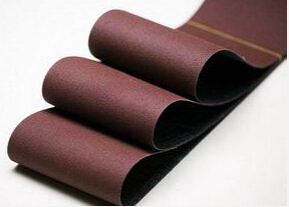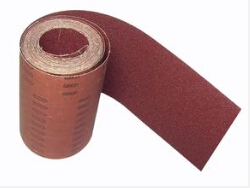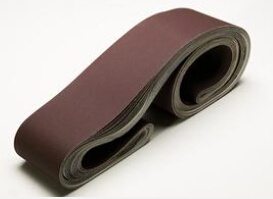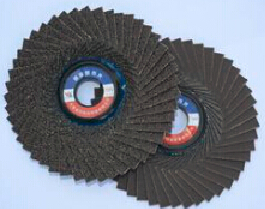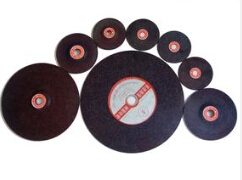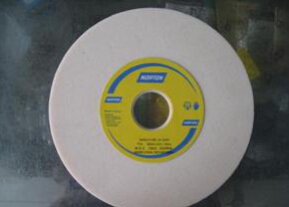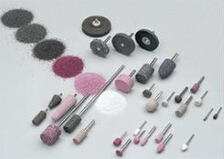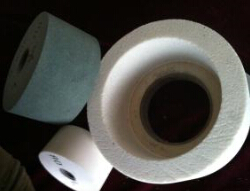Function of Sand Blasting Abrasives
Zhongsen Editor 2020-12-17Main functions of sand blasting abrasives are:
1. Cleaning the surface of the workpiece
2. Pretreatment of the workpiece surface before coating
3, change the physical and mechanical properties of the workpiece
4. Finishing of the surface of the workpiece
The three elements to obtain surface results
•Acceleration of compressed air on jet flow (adjustment of blasting pressure) P
•Type (S) and concentration of abrasive
•Distance (H) and angle (θ) of spray gun
•Injection time (T)
1. The influence of pressure adjustment on the surface results
After setting the three quantities of S, H andθ, the larger the value of P, the higher the speed of the jet, the higher the efficiency of sandblasting, and the rougher the surface of the workpiece. On the contrary, the surface is relatively smooth.
2. The influence of the distance and angle of the spray gun on the surface result
After setting the P and S values, this is the key to manual sandblasting technology. The distance between the spray gun and the workpiece is generally 50-150mm. The farther the spray gun is from the workpiece, the lower the efficiency of the jet stream and the smoother the surface of the workpiece. The smaller the angle between the spray gun and the workpiece, the lower the efficiency of the jet stream and the smoother the surface of the workpiece.
3. The influence of abrasive type on surface results
Abrasives are generally divided into spherical and rhombic types according to their granular shape. Diamond abrasives are usually used for sandblasting, such as emery (white fused alumina) alumina and brown fused alumina. The glass beads are spherical abrasives. After setting the three values of P, H and θ, the surface obtained by spherical abrasive blasting is smoother, while the surface obtained by diamond abrasive is relatively rough, and the same kind of abrasive is divided into thickness and fineness. The abrasive is divided by the number of screens in China. The thickness is generally called the number. The higher the number, the smaller the particle size. After the P, H and θ values are set, the higher the blasting number of the same abrasive, the smoother the surface result will be.

